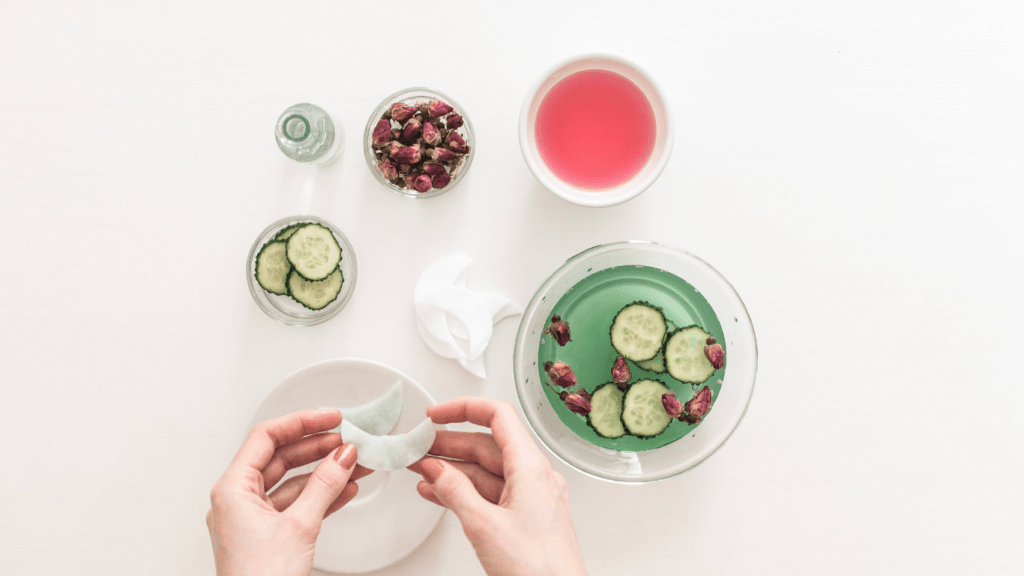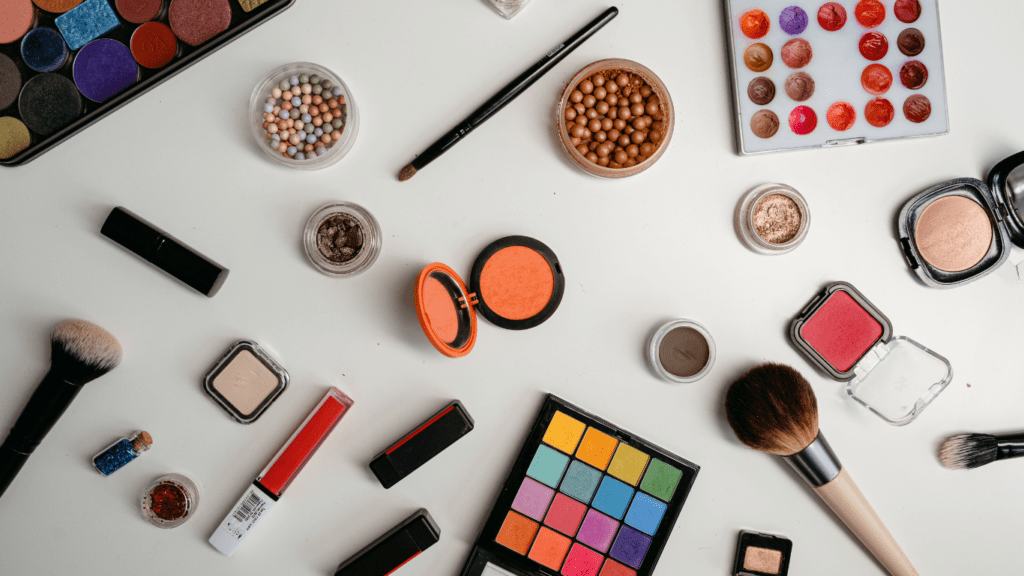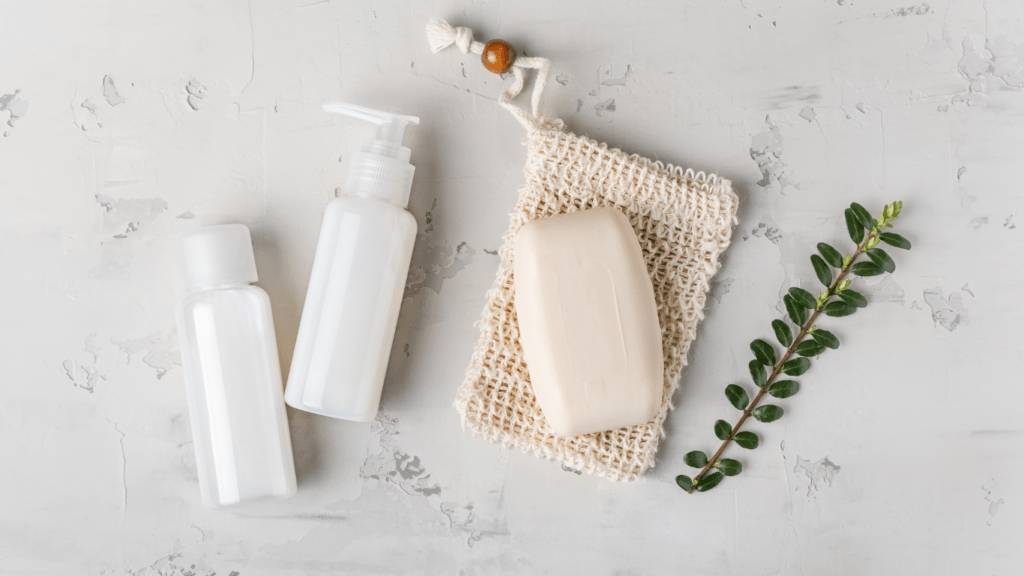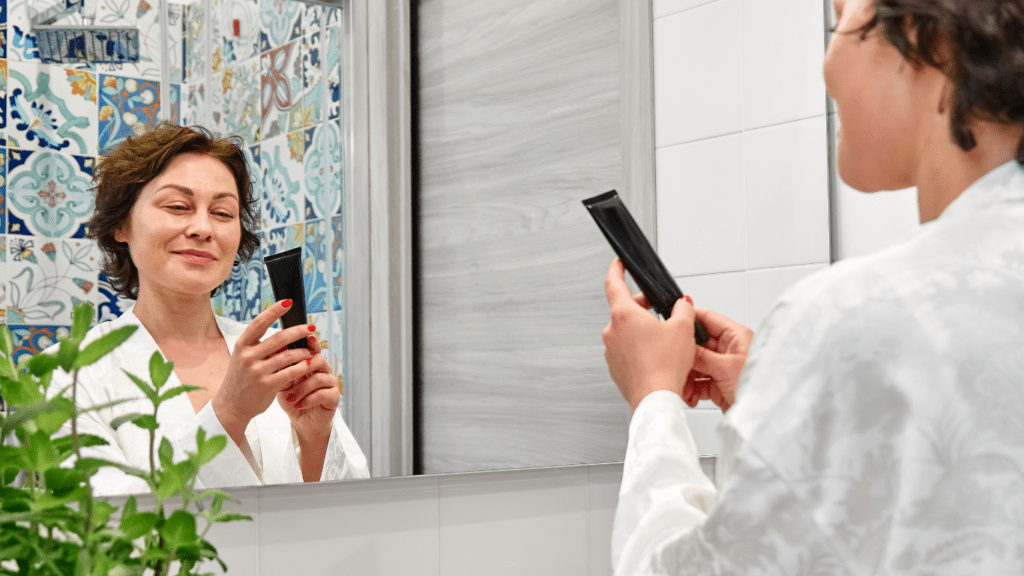The Rise of DIY Beauty Hacks
Interest in DIY beauty hacks is growing rapidly. Many are turning to home-based solutions due to their accessibility, cost-effectiveness, and natural ingredient appeal. Aloe vera, honey, and coconut oil are popular ingredients. They feature in recipes for face masks, hair treatments, and exfoliating scrubs.
Social media platforms amplify this trend. Influencers share tutorials, tips, and success stories, making it easy to follow along. TikTok and Instagram lead the charge here. Users often post engaging videos demonstrating the latest hacks, which quickly gain traction.
The emphasis on clean beauty also contributes to the rise. Consumers seek transparency and simplicity in their beauty products. DIY solutions allow complete control over ingredient quality and quantity.
Economic factors play a significant role. Salon visits and high-end products strain budgets. DIY beauty hacks offer an affordable alternative. Purchases are limited to basic ingredients and tools.
Overall, DIY beauty hacks provide empowerment. Creating custom treatments tailored to specific needs enhances the user experience. This hands-on approach resonates with those seeking personalized care without the high costs.
Top Trending DIY Beauty Hacks
DIY beauty hacks are revolutionizing how individuals approach skincare, makeup, and hair care. Simplified methods and accessible ingredients make these hacks appealing.
Natural Skincare Solutions
Hydrating face masks are popular, often made with common ingredients like honey and yogurt. Honey moisturizes and soothes dry skin, while yogurt’s probiotics improve complexion. Incorporating aloe vera into face masks and toners enhances the skin’s elasticity and supplies antioxidants. Turmeric masks reduce inflammation and brighten the skin; mixing turmeric with milk and honey creates an effective treatment.
Simple Makeup Tricks
- Natural lip scrubs featuring sugar and coconut oil gain traction for their exfoliating properties.
- They leave lips soft and ready for smooth lipstick application.
- DIY primers, created using aloe vera and a few drops of essential oil, provide an affordable and effective base for makeup.
- Setting sprays using water, witch hazel, and glycerin help maintain a fresh look throughout the day.
- Eyebrow enhancers made from castor oil promote natural brow growth and shape.
Hair Treatment Tips
Deep conditioning treatments utilizing avocado and olive oil rejuvenate damaged hair. Avocado infuses hair with essential fats and vitamins, while olive oil locks in moisture. Rice water treatments improve hair strength and texture, known for being rich in vitamins and minerals. Coconut oil masks nourish the scalp and combat dandruff. Lastly, using apple cider vinegar rinses removes product buildup and balances scalp pH.
These trending DIY beauty hacks offer effective, natural ways to enhance beauty routines without breaking the bank.
Effective Ingredients in DIY Beauty Products

DIY beauty products often rely on simple yet powerful ingredients that deliver impressive results. This section covers some of the most effective ingredients used in homemade beauty treatments.
Essential Oils
Essential oils offer a variety of benefits for DIY beauty products. Tea tree oil stands out for its antibacterial properties, making it great for acne treatments. Lavender oil soothes skin and reduces inflammation. Rosehip oil, rich in vitamins A and C, helps with anti-aging and skin regeneration. It’s vital to dilute essential oils with carrier oils like jojoba or almond oil to avoid skin irritation.
Common Kitchen Items
Common kitchen items often make their way into DIY beauty recipes. Honey, known for its moisturizing and antibacterial properties, works well in face masks and hair treatments. Oatmeal exfoliates and soothes irritated skin, making it ideal for scrubs and baths. Coconut oil hydrates and repairs both skin and hair. Using these items ensures freshness and affordability in beauty routines.
Herbal Extracts
Herbal extracts provide numerous benefits in DIY beauty applications. Aloe vera, for instance, hydrates and heals the skin, making it excellent for masks and lotions. Chamomile extract soothes and reduces redness, suitable for sensitive skin treatments. Green tea extract, high in antioxidants, helps with anti-aging and fights free radicals. Incorporating these extracts adds an herbal touch to homemade products.
Safety Tips for DIY Beauty Hacks
Using DIY beauty hacks requires proper precautions. Safety should always be a top priority to avoid adverse reactions and ensure effective results.
Allergy Considerations
Check for potential allergens in DIY beauty ingredients. Common allergens in DIY beauty products include essential oils, certain herbs, and natural extracts. Before using any new ingredient, perform a patch test by applying a small amount to your inner forearm and waiting 24 hours. If no irritation occurs, the ingredient is likely safe to use.
Proper Storage
Store DIY beauty products correctly to maintain their effectiveness and safety. Use airtight containers to prevent contamination and spoilage. Keeping homemade treatments in a cool, dark place extends their shelf life. For products containing perishable items like fresh fruits or dairy, refrigeration is essential to avoid bacterial growth.
Batch Testing
Test a small batch of your DIY creation before full application. This step ensures the final product won’t cause adverse reactions or discomfort. Mix a small portion, apply it to a discreet area of your skin, and observe for 24-48 hours. If no negative effects appear, proceed with using the entire batch on the desired area.
Popular Online Communities for DIY Beauty
Many online communities allow beauty enthusiasts to share and discover DIY beauty hacks. These platforms offer a variety of tips, tutorials, and advice to help anyone perfect their skincare and makeup routines.
Social Media Platforms
Social media platforms host large DIY beauty communities. TikTok, Instagram, and YouTube are the primary destinations. TikTok users frequently post quick video tutorials demonstrating homemade beauty treatments like:
- face masks
- hair conditioners
Instagram’s beauty influencers share detailed posts and stories highlighting their DIY routines, often using popular hashtags to reach a wider audience. YouTube offers extensive, longer-form content. Many content creators provide step-by-step guides, ingredient breakdowns, and before-and-after comparisons to validate the effectiveness of their methods.
Influencers to Follow
- Several influencers specialize in DIY beauty hacks.
- On TikTok, creators like @hyram and @skincarebyhyram offer insight into skincare routines using natural ingredients.
- On Instagram, @theorganicskinco and @wellnesswithsophia frequently post about their DIY beauty experiments with detailed instructions and results.
- YouTube’s extensive beauty community includes popular channels like “DIY Beauty with Jess” and “Eco Beauty Lounge,” where influencers share in-depth tutorials and product reviews, emphasizing safe and effective DIY methods.
Online Forums
Online forums provide a dedicated space for discussing DIY beauty tips and hacks. Reddit’s beauty-oriented subreddits, such as r/SkincareAddiction and r/DIYBeauty, are vibrant communities where users share personal experiences, recipes, and advice on homemade beauty products. Beauty forums on platforms like MakeupAlley also allow for user-generated content, reviews, and discussions centered on DIY beauty solutions. These forums often have threads covering specific concerns such as acne treatments, natural moisturizers, and hair care recipes, making it easy to find targeted advice.



 Luxury Travel & Lifestyle Contributor
Rose Boucher brings her love for glamorous travel destinations and luxury living to Glam World Walk. As a lifestyle writer, Rose captures the essence of exotic locations and exclusive experiences, offering readers a taste of the world’s most luxurious getaways. Her expertise in finding hidden gems, coupled with a deep understanding of fashion and culture, adds a unique flair to the site’s content, making her a trusted voice for those seeking elegance in every adventure.
Luxury Travel & Lifestyle Contributor
Rose Boucher brings her love for glamorous travel destinations and luxury living to Glam World Walk. As a lifestyle writer, Rose captures the essence of exotic locations and exclusive experiences, offering readers a taste of the world’s most luxurious getaways. Her expertise in finding hidden gems, coupled with a deep understanding of fashion and culture, adds a unique flair to the site’s content, making her a trusted voice for those seeking elegance in every adventure.
